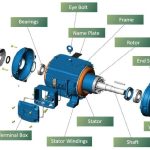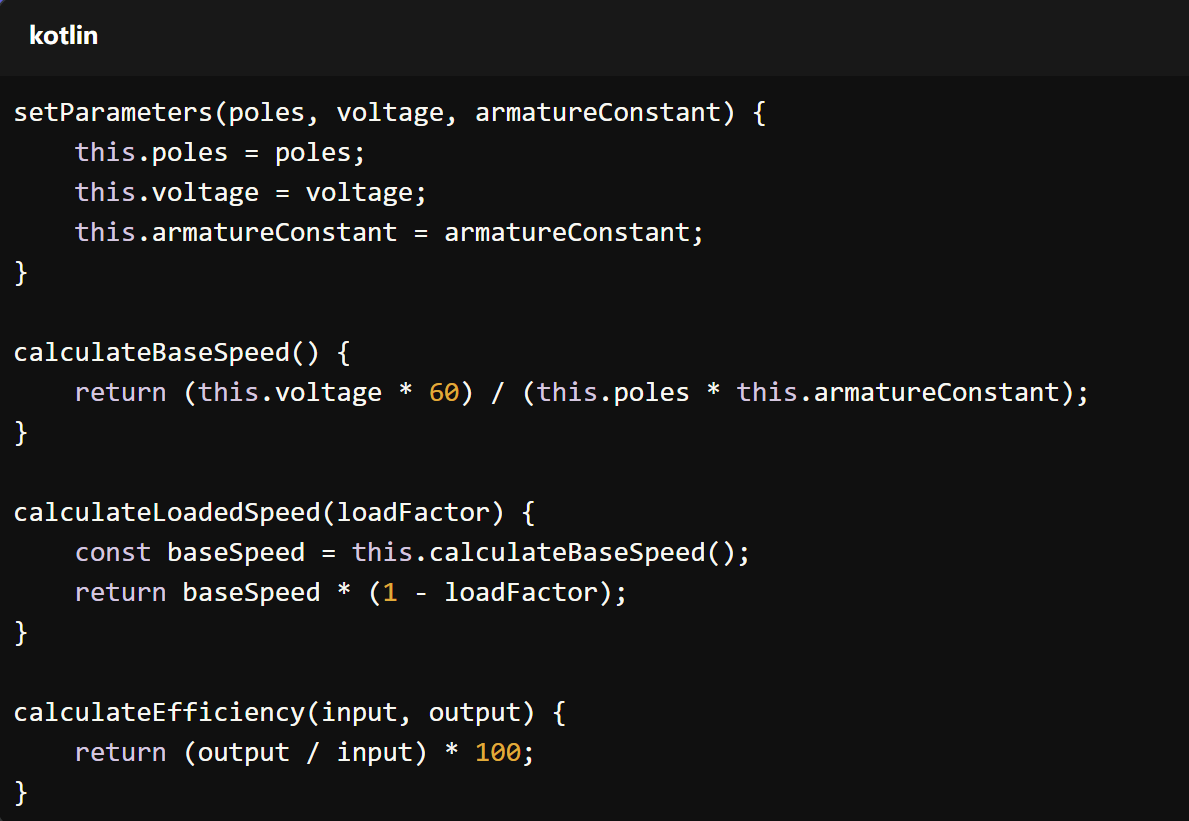If you work on air conditioners or car AC systems, you need a good set of AC gauges. The Orion Motor Tech AC gauge set is like a doctor’s tools for AC systems – it helps you figure out what’s wrong and fix it properly.
Think of these gauges as two special thermometers: a red one and a blue one. The blue gauge measures the cold side of your AC (from 0 to 120 PSI), while the red gauge measures the hot side (from 0 to 500 PSI). They’re different colors so you won’t mix them up. Each gauge shows you both pressure (PSI) and temperature readings for common AC gases like R134a and R22.
These gauges are built tough, like a well-made tool should be. They’re made of strong brass that won’t rust, and they have rubber protective covers to keep them safe if you drop them. There’s also a small window (called a sight glass) that lets you see the AC gas flowing through – kind of like a peephole to check if everything’s moving properly.
The whole set comes with the gauges and special hoses that connect to your AC system. It’s a complete kit that helps you check if your AC is healthy and fix it if something’s wrong.
Understanding the various components of your AC gauge set is crucial for proper operation:
- Manifold body: The central component that houses the valves and connects the gauges
- Service ports: Where the hoses connect to the AC system
- Valve handles: Control refrigerant flow during testing and charging
- Refrigerant hoses: typically color-coded (red, blue, and yellow)
- Quick-connect couplers: For secure attachment to service ports
- Sight glass: For visual verification of refrigerant condition
- Temperature scales: Corresponding to different refrigerant types
Setting Up and Connecting the Gauges
Proper setup of your Orion Motor Tech AC gauges is crucial for accurate readings and safe operation. Before connecting the gauges to any AC system, perform these preliminary steps:
- Inspect all components for damage:
- Check gauge faces for clarity and proper needle movement
- Examine hoses for cuts, cracks, or wear
- Verify all O-rings are present and in good condition
- Ensure quick-connect couplers operate smoothly
- Clean all connections:
- Use a clean cloth to wipe down service port fittings
- Remove any debris from hose ends
- Clean manifold ports thoroughly
- Ensure all sealing surfaces are free from contamination
To connect the gauges to an AC system:
- Identify the proper service ports on the AC system
- Low-side port (larger diameter, typically with “L” marking)
- High-side port (smaller diameter, typically with “H” marking)
- Attach the hoses:
- Connect the blue hose to the low-side gauge port
- Connect the red hose to the high-side gauge port
- Attach the yellow (middle) hose to your vacuum pump or refrigerant source
- Close all valves:
- Turn both high-side and low-side handles clockwise until fully closed
- Ensure the middle port valve is closed
- Connect to service ports:
- Attach the blue hose to the low-side service port
- Attach the red hose to the high-side service port
- Ensure quick-connect couplers are fully engaged
- Purge air from the hoses:
- Slightly loosen the hose connections at the manifold
- Allow a small amount of refrigerant to escape
- Retighten the connections
Taking Measurements and Interpreting Results
Accurate measurement and interpretation of gauge readings are essential for proper AC system diagnosis. The Orion Motor Tech AC gauges provide several key measurements that help technicians evaluate system performance:
Pressure Readings:
- Low-side normal range: 25-35 PSI (R134a)
- High-side normal range: 150-250 PSI (R134a)
- Ambient temperature affects these ranges
Temperature Correlation:
The outer scales on both gauges show the saturation temperatures corresponding to the measured pressures. This relationship between pressure and temperature is crucial for diagnosing system problems:
- Subcooling Calculation:
- Read the high-side pressure and corresponding saturation temperature
- Measure actual liquid line temperature
- Subtract actual temperature from saturation temperature
- Normal subcooling: 10-15°F
- Superheat Calculation:
- Read the low-side pressure and corresponding saturation temperature
- Measure actual suction line temperature
- Subtract saturation temperature from actual temperature
- Normal superheat: 8-12°F
Common Reading Patterns and Their Meanings:
- Normal Operation:
- Low-side: 25-35 PSI
- High-side: 150-250 PSI
- Stable readings
- Normal sight glass flow
- Overcharge:
- Higher than normal high-side pressure
- Normal to slightly high low-side pressure
- Bubbles in sight glass
- Higher subcooling
- Undercharge:
- Lower than normal pressures on both sides
- Bubbles in sight glass
- Low subcooling
- Restricted System:
- High high-side pressure
- Low low-side pressure
- High subcooling
- High superheat
- Compressor Problems:
- Similar pressures on both sides
- Rapid pressure fluctuations
- Abnormal noise

Maintenance and Care of AC Gauges
Proper maintenance of your Orion Motor Tech AC gauges is essential for ensuring accurate readings and long service life. Regular care and attention to detail will help prevent problems and maintain gauge accuracy:
Daily Maintenance:
- Clean after each use:
- Wipe down gauge bodies and hoses
- Clean all connections
- Remove any oil or debris
- Store in protective case
- Check for leaks:
- Inspect all connections
- Listen for hissing sounds
- Use soap solution on connections
- Replace O-rings as needed
- Verify zero setting:
- Disconnect from all pressure sources
- Gauges should read zero
- Adjust if necessary using calibration screw
Weekly Maintenance:
- Detailed inspection:
- Check hose condition
- Verify quick-connect operation
- Inspect sight glass clarity
- Test valve operation
- Calibration check:
- Compare readings with known good gauge
- Verify accuracy across range
- Document any discrepancies
- Recalibrate if necessary
Monthly Maintenance:
- Complete system check:
- Pressure test all components
- Verify vacuum capability
- Check temperature accuracy
- Test all valves and ports
- Replace as needed:
- O-rings and seals
- Damaged hoses
- Worn quick-connects
- Protective boots
Storage Recommendations:
- Clean and dry all components
- Cap all hose ends
- Close all valves
- Store in protective case
- Avoid extreme temperatures
- Keep away from chemicals and solvents
Long-term Care:
- Annual calibration:
- Professional calibration service
- Documentation of accuracy
- Replacement of worn components
- System pressure test
- Replace hoses every 2-3 years:
- Check for flexibility
- Verify seal integrity
- Ensure proper flow
- Update to current standards
- Maintain documentation:
- Calibration records
- Repair history
- Component replacement
- Performance issues
Troubleshooting Common Issues:
- Leaking connections:
- Replace O-rings
- Tighten fittings
- Check for damage
- Verify proper assembly
- Inaccurate readings:
- Zero adjustment
- Calibration check
- Compare with known good gauge
- Professional service if needed
- Sticky or erratic needle movement:
- Clean gauge mechanism
- Check for damage
- Verify proper operation
- Replace if necessary
- Quick-connect problems:
- Clean thoroughly
- Check internal parts
- Replace O-rings
- Update to newer design
- Sight glass issues:
- Clean thoroughly
- Check for cracks
- Verify proper sealing
- Replace if damaged
Best Practices for Longevity:
- Always use clean refrigerant
- Avoid exposure to extreme conditions
- Regular cleaning and maintenance
- Proper storage when not in use
- Professional service when needed
Additional Considerations:
The proper care and maintenance of your Orion Motor Tech AC gauges also includes understanding their limitations and capabilities:
- Environmental factors:
- Temperature effects on accuracy
- Humidity considerations
- Vibration protection
- UV exposure limitations
- Safety considerations:
- Pressure limitations
- Temperature restrictions
- Chemical compatibility
- Personal protection requirements
- Technical specifications:
- Accuracy ranges
- Calibration requirements
- Operating parameters
- Maintenance schedules
- Upgrade considerations:
- New technologies available
- Improved features
- Digital integration
- Enhanced accuracy
- Training requirements:
- Proper use techniques
- Maintenance procedures
- Troubleshooting skills
- Safety protocols
Take good care of your AC gauges, and they’ll take care of you. Just like any good tool, your Orion Motor Tech AC gauges need regular cleaning and maintenance to work properly. When you keep them in good shape, you can trust their readings and use them safely.
Think of these gauges like a trusted mechanic’s wrench – the better you maintain them, the longer they’ll last and the better they’ll work. Clean gauges give accurate readings, which means you can fix AC problems correctly the first time.
Bottom line: Well-maintained gauges help you do better work. They’ll last longer, work better, and help you build a reputation for quality repairs. A little care today means reliable performance tomorrow.









